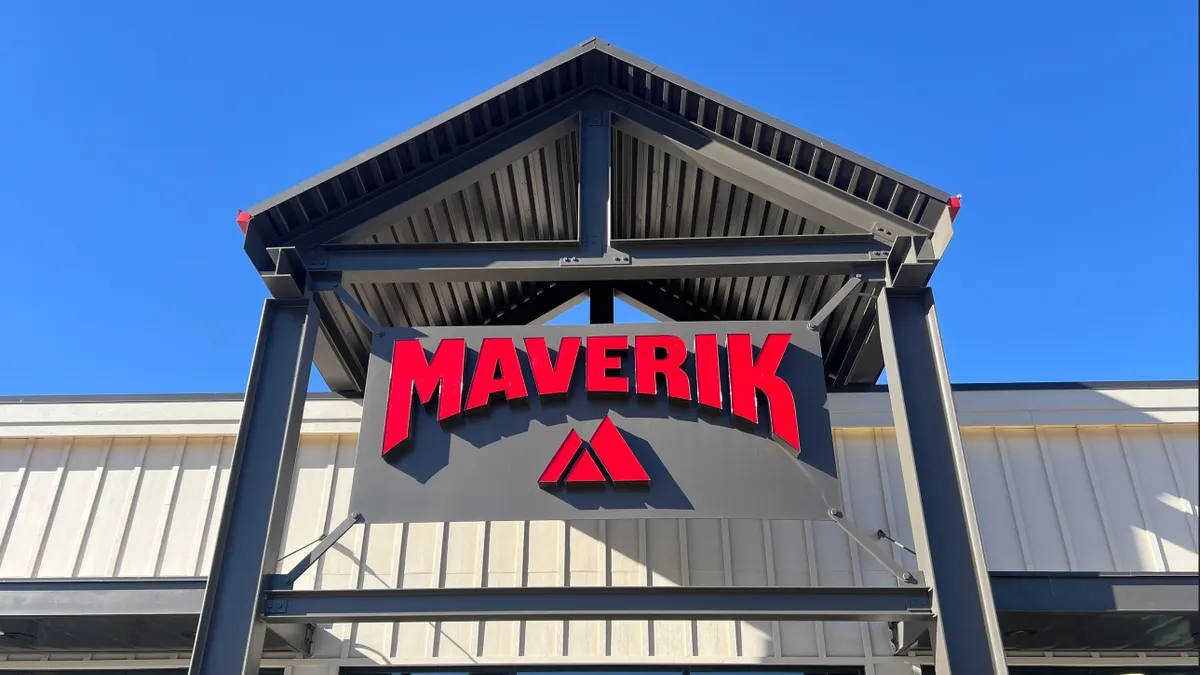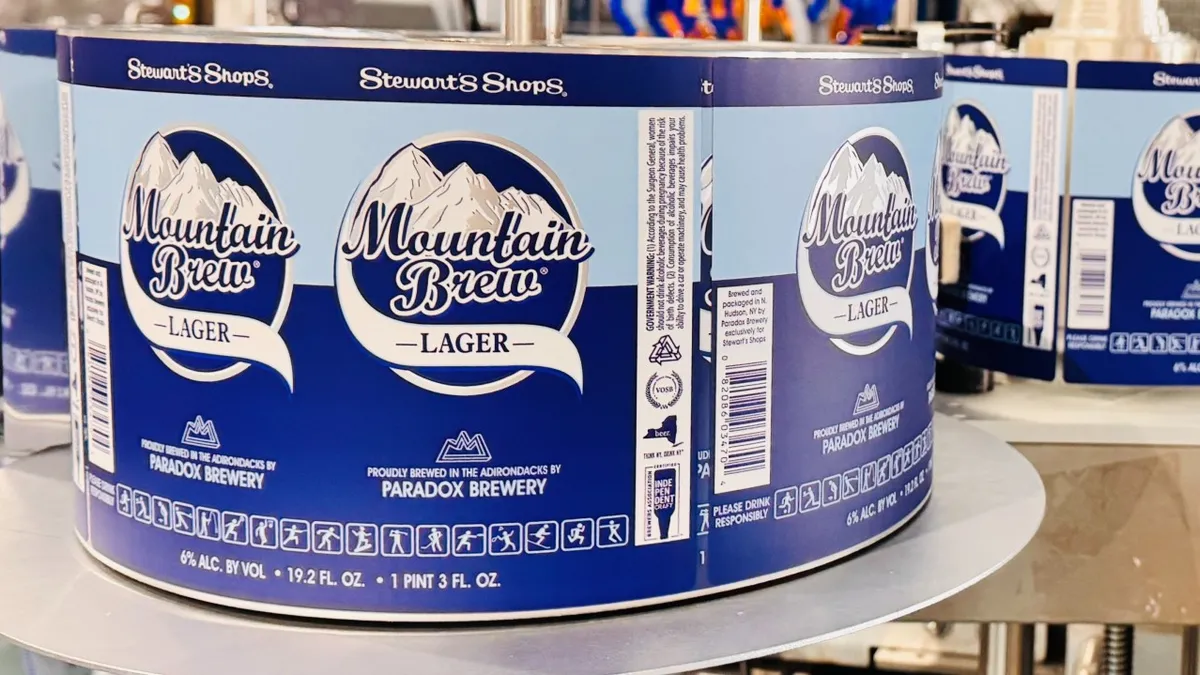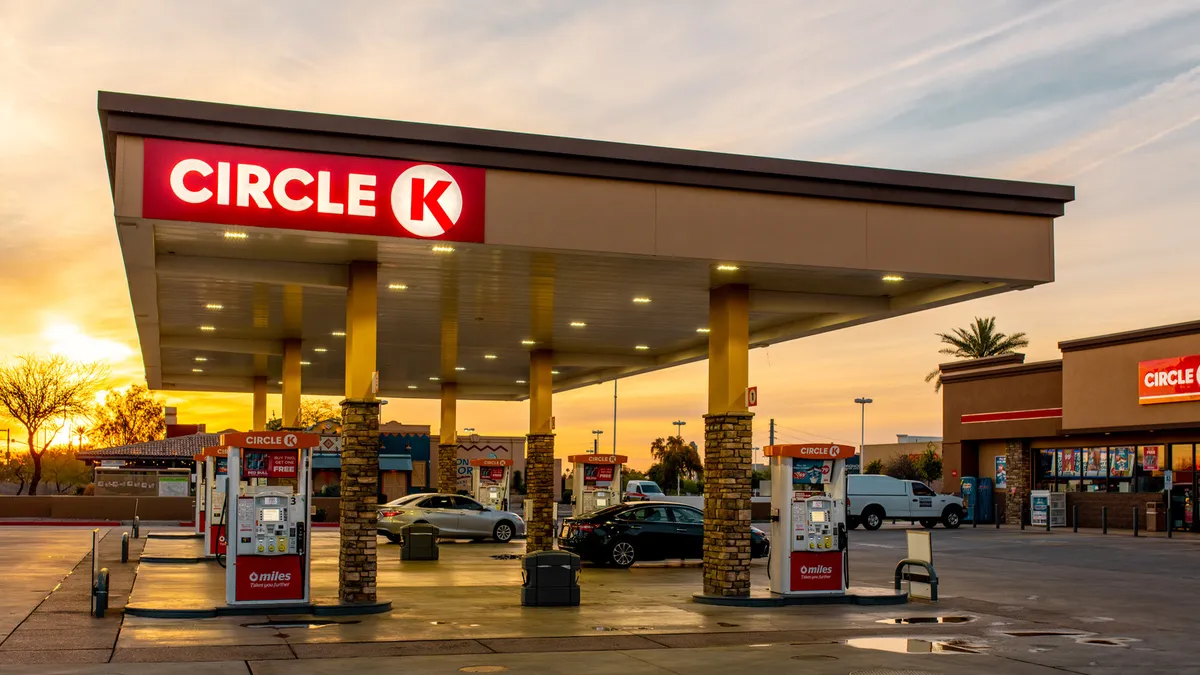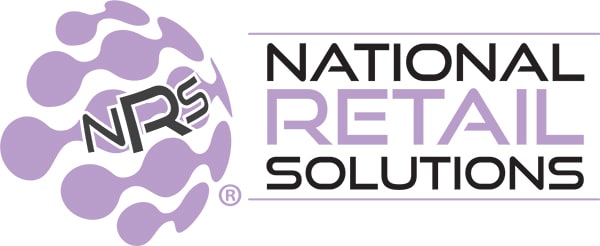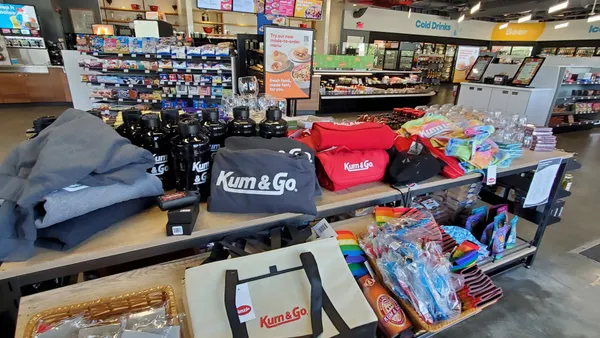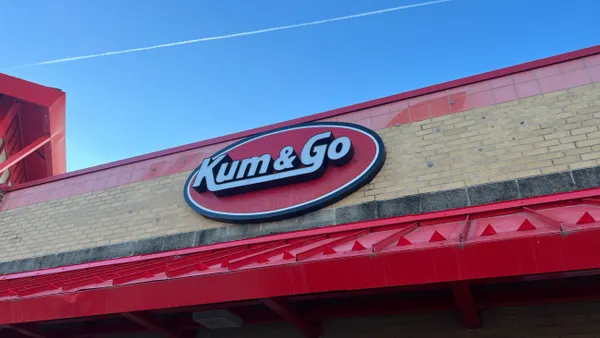Maverik completed its Kum & Go rebrands last week, closing a chapter that has ruffled feathers and turned heads in convenience retailing over the past two years.
The move cements Salt Lake City-based Maverik’s place as a major c-store competitor in both the Mountain States and the Midwest. After not having a single location in the latter region two years ago, it now has hundreds of stores across Iowa, Arkansas, Kansas, Michigan, Minnesota, Missouri, Nebraska and Oklahoma.
But Maverik hanging its name on the outside of and bringing its products to Kum & Go’s former c-stores doesn’t mean it’ll inherit the latter’s following. Des Moines, Iowa-based Kum & Go operated under one family for over six decades and built a cult-like following for its food, customer service and quirky brand presence. Replicating that loyalty under new ownership and an entirely different shopping experience won’t happen overnight. Maverik may also have a difficult time connecting its adventure-themed branding, which heavily relies on exploring the outdoors in the Mountain West, with its new Midwest customers.
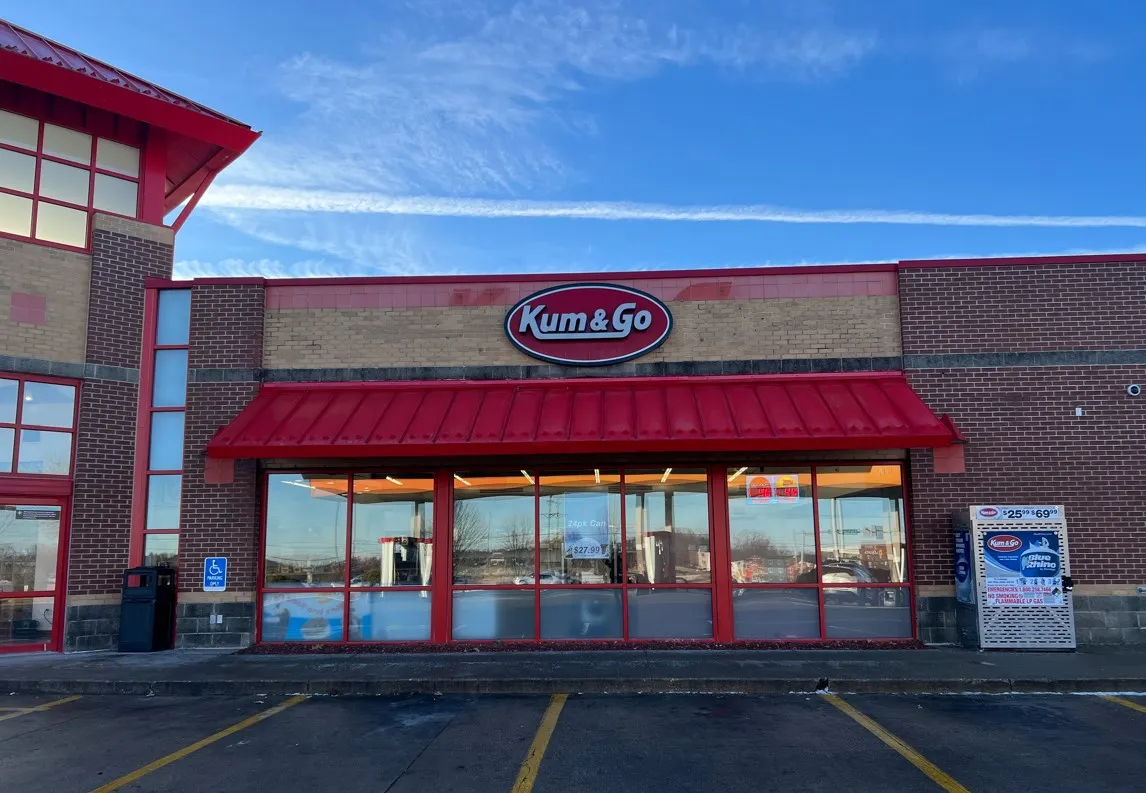
There’s an argument to be made that Maverik even lost some Midwest trust before it fully entered the region. From the jump, Maverik’s leadership was ambiguous when it came to how it would integrate Kum & Go. The company emphasized the possibility of maintaining Kum & Go’s branding and programs both internally and externally, yet at every turn it seemed to favor its own branding and operations. Even when rebrands began to unfold, it took Maverik months to confirm its intentions to phase out the brand.
That distrust may have escalated this summer when Maverik cut about 100 corporate Kum & Go team members in Des Moines as part of a shift to consolidate its headquarters to Salt Lake City. Kyle Krause, former owner and CEO of Kum & Go, said he was disappointed with this move and surprised that Maverik nixed the Kum & Go banner altogether after telling him the two would coexist.
Maverik has stirred up more controversy than it would probably like in the two years since acquiring Kum & Go. But now that its rebrands are done — and after selling dozens of other Kum & Go stores for undisclosed reasons — the Utah retailer has an opportunity to win over a customer base that, having lost a beloved brand, could be open to falling in love with a new one.
Earlier this year, a c-store industry expert told C-Store Dive that it’ll be interesting to see how the Midwest reacts to Maverik emerging in the region. Several months and hundreds of rebrands later, the c-store industry is about to find out.



